Low-quality tea is often equated with `broken tea,` and it`s commonly believed that only whole leaves or one bud with two leaves make good tea. Is this really the case? Today, we`ll explore whether broken tea is really inferior.
What is broken tea?
According to the CNS 179 tea standard, broken tea refers to tea leaves that pass through a sieve with a mesh size of 0.7mm to 1mm. Tea leaves that are smaller than 1mm when dry are classified as broken tea.
How is broken tea produced?
In Taiwan, broken tea typically results from poor moisture control during the manufacturing process, leading to rolling and kneading processes under high temperature and pressure that cause tea leaves to break. Additionally, collisions during transportation can also result in broken tea.
Why is broken tea often considered less enjoyable?
To illustrate, consider sugar. Whole sugar cubes versus granulated sugar: the rate at which whole sugar cubes dissolve is slower compared to granulated sugar. When we drink sugary drinks, the sweetness feels more pleasant. This also applies to the difference between whole tea leaves and broken tea. Broken tea isn`t inherently bad; it`s just that it dissolves too quickly, resulting in a bitter taste when brewed. Furthermore, broken tea often comes from both `old leaves` and `young leaves.` Old leaves are prone to breakage due to low moisture content, while young leaves, due to their small size, can easily be classified as broken tea. When broken tea contains a high proportion of young leaves, the tea can taste bitter, giving it the perception of being of low quality.
Should we drink broken tea?
Yes, broken tea can be consumed, especially since it`s typically more affordable. However, two issues should be noted: `pesticides` and `brewing methods.` Pesticides: broken tea often consists of tea leaves from multiple batches combined, so it`s important to ensure that it doesn`t contain tea leaves with excessive pesticide residues. Brewing methods: because broken tea brews quickly and can result in a strong, bitter flavor, it`s recommended to use a brewing basket when steeping in hot water. The quantity of tea leaves is flexible, and steeping time should be around 30 seconds to 1 minute after the tea soup turns color. Cold brewing, on the other hand, has no time limit.
Today`s discussion concludes here. We hope you can find the tea that suits you best. There`s no `best` tea, only the tea that`s most suitable for you.”
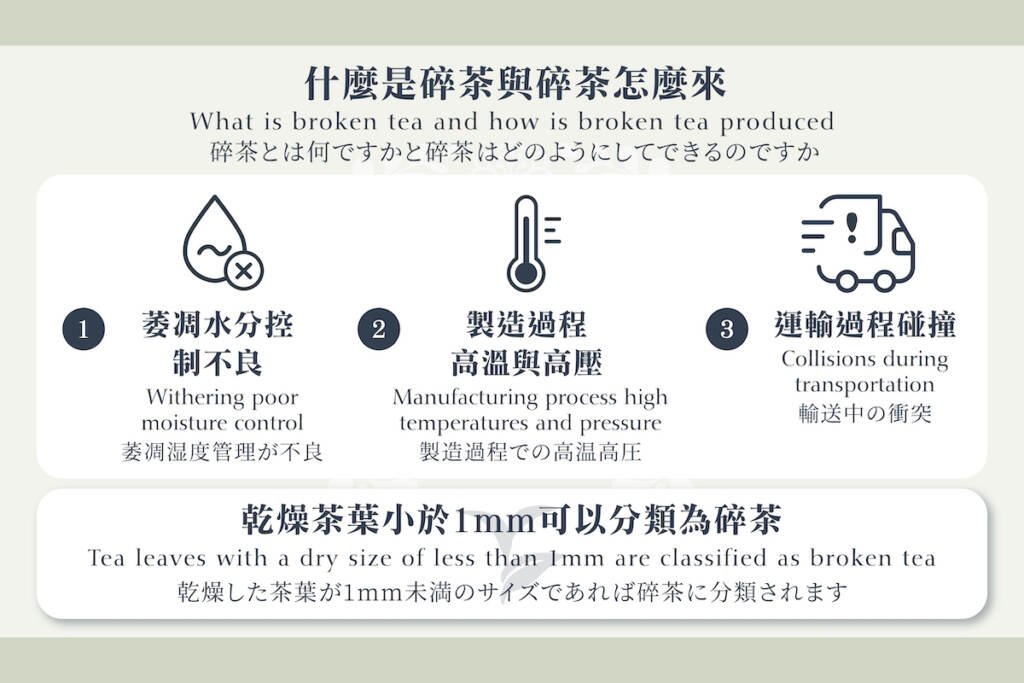

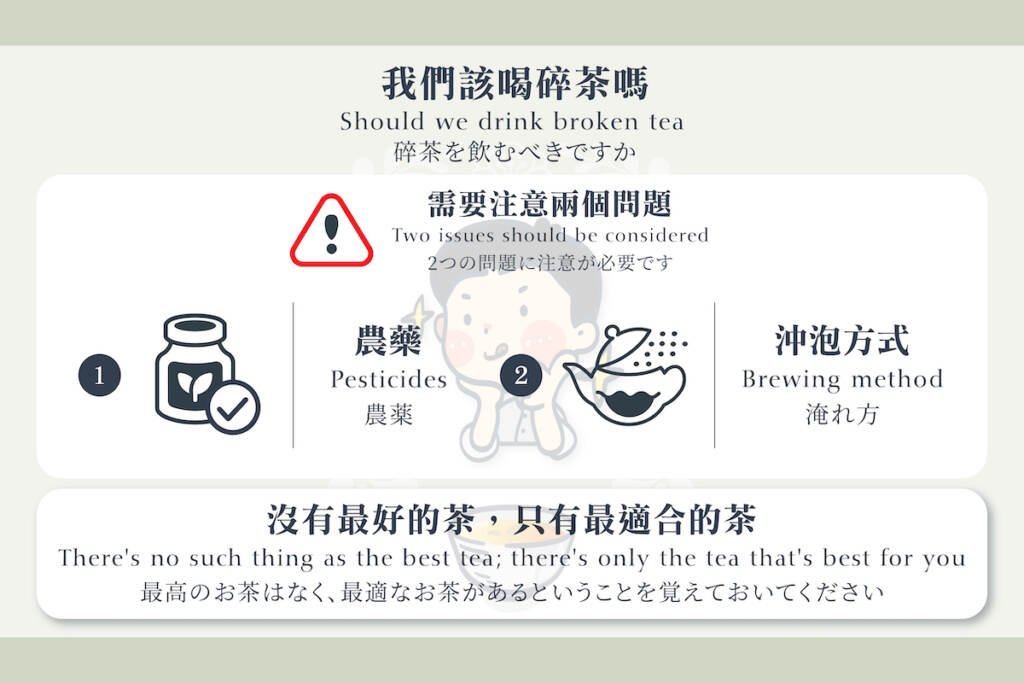

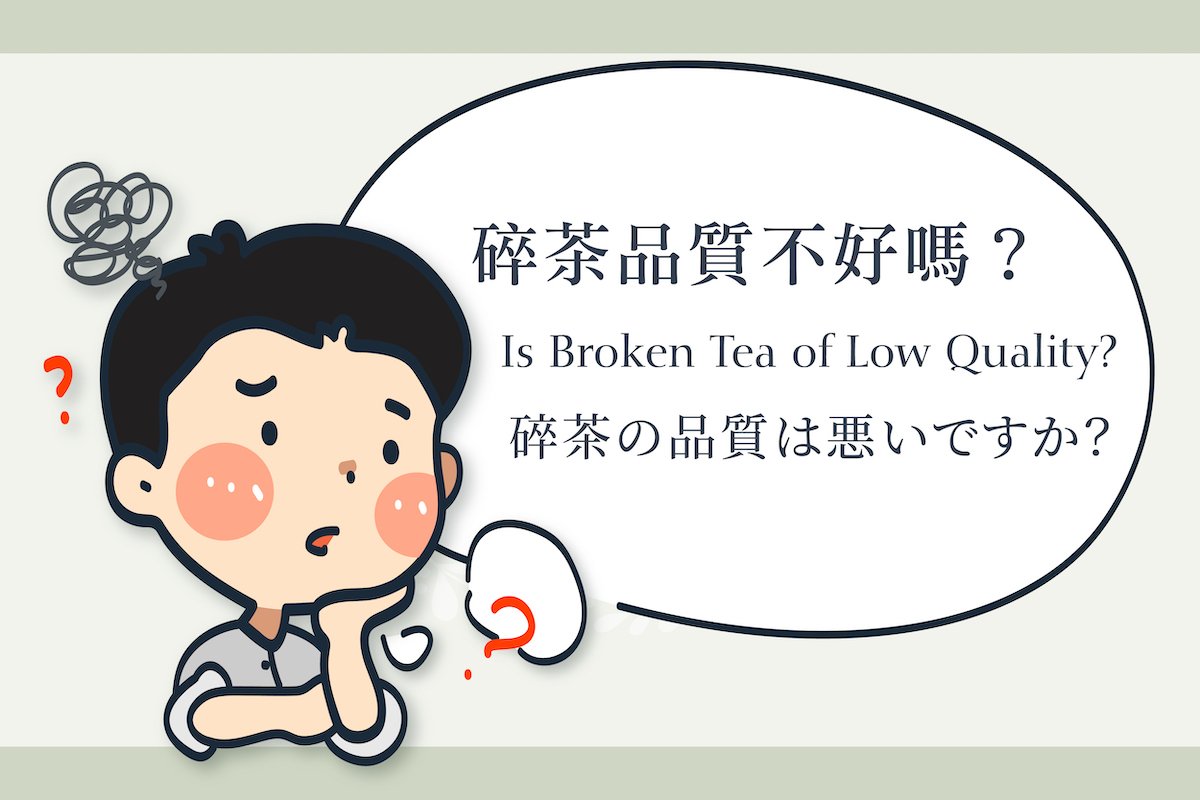
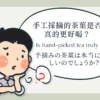
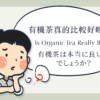
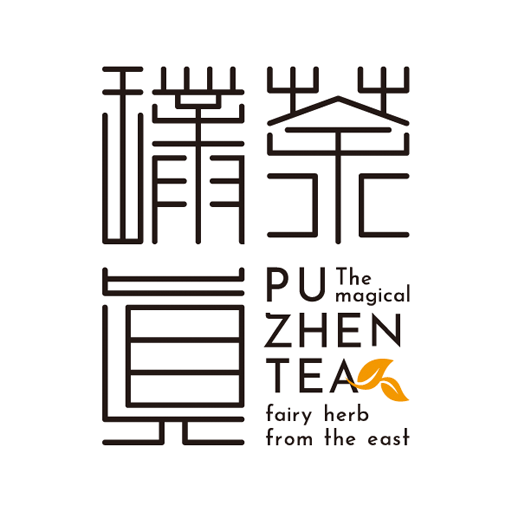
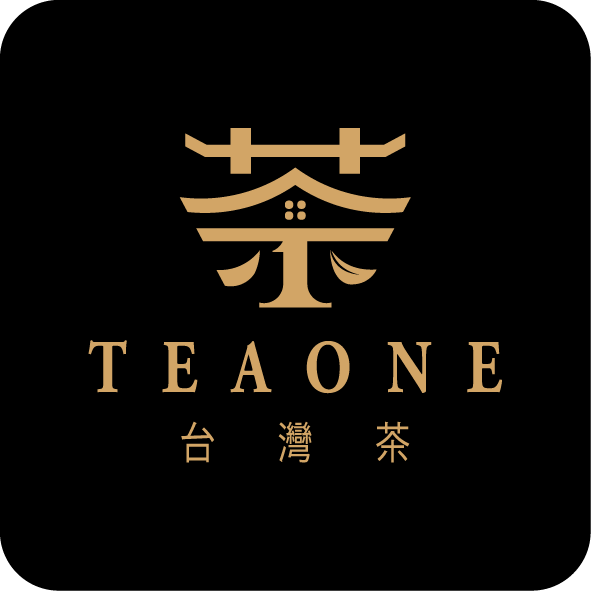
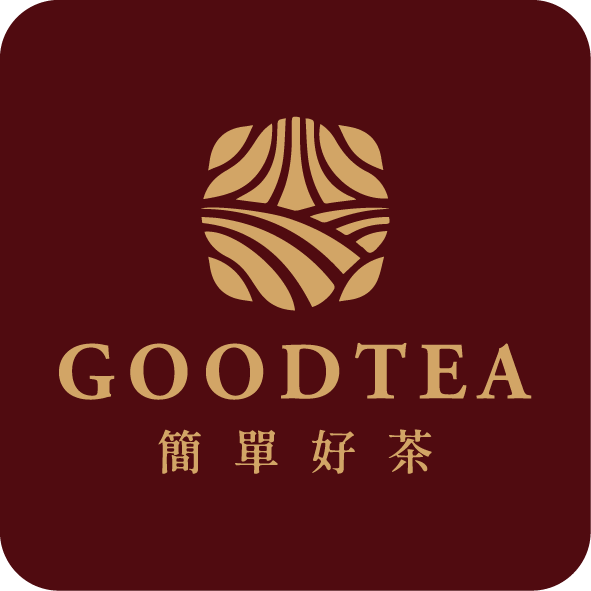
Leave a reply